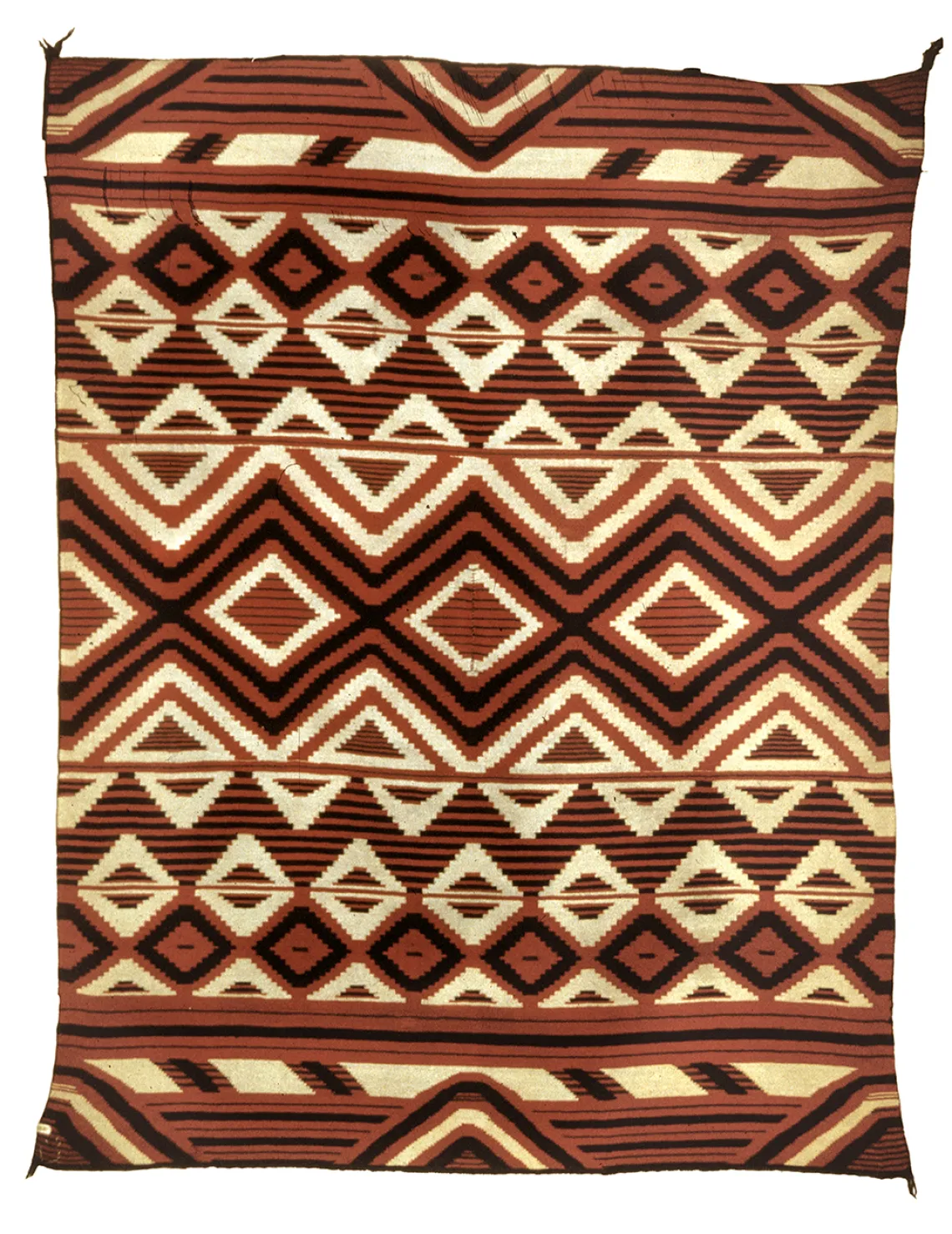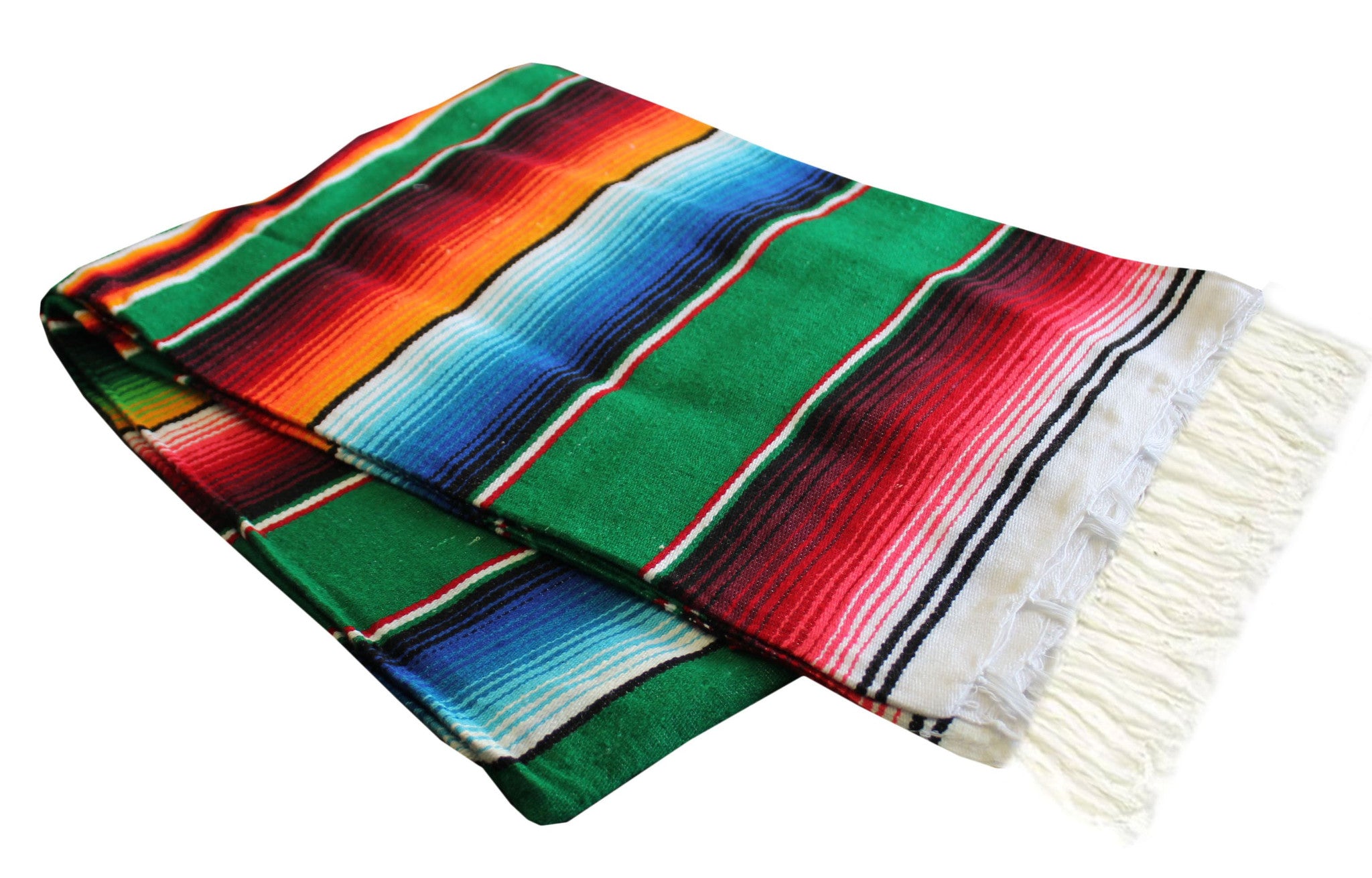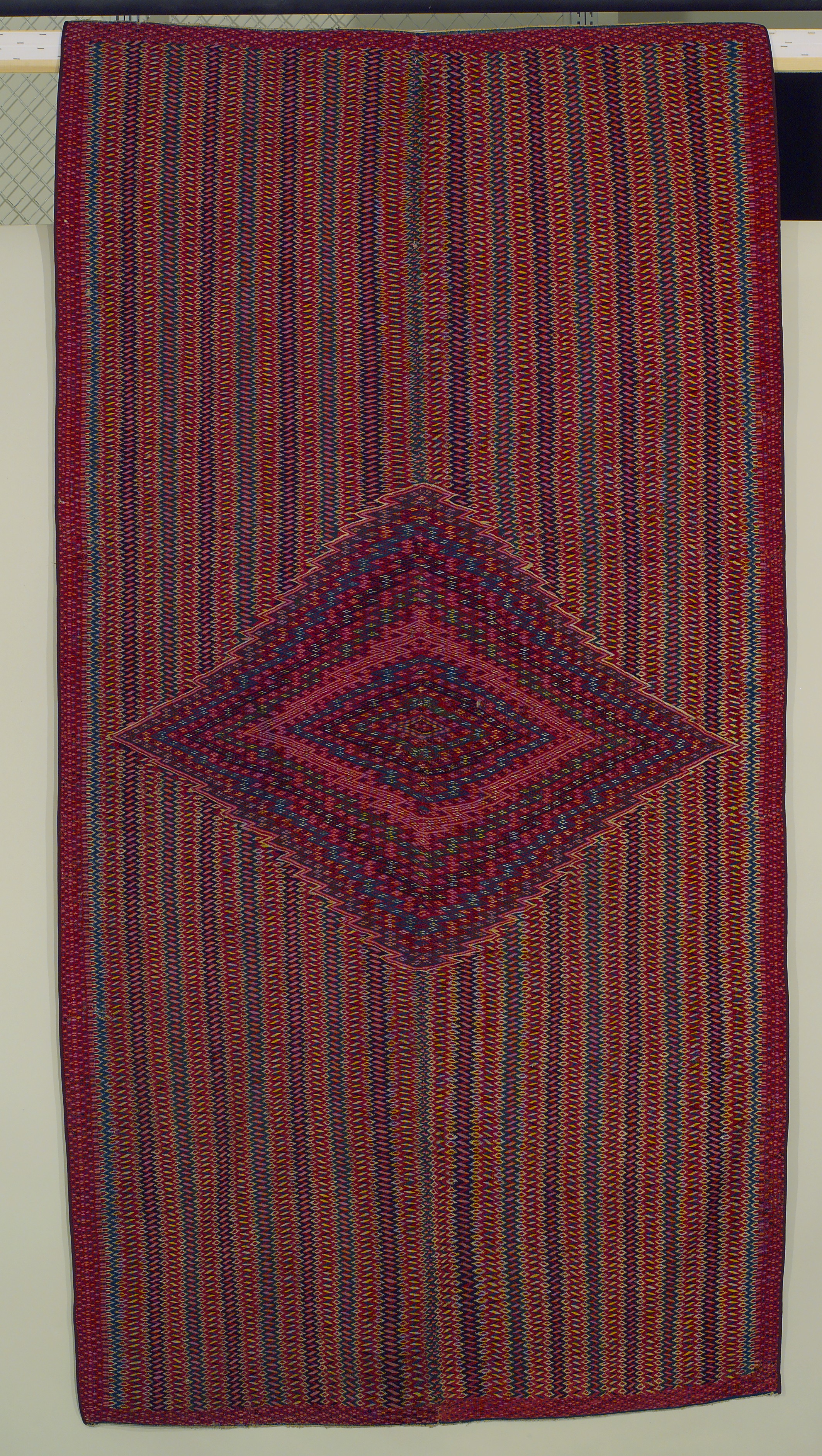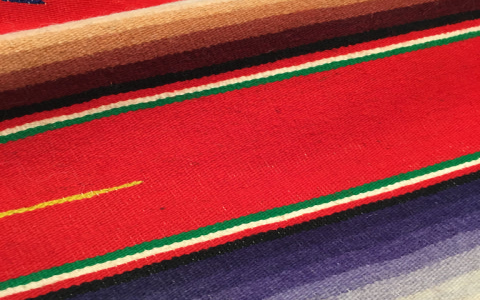Figuring Out This Blanket Name Mess
Started diving into Mexican textiles after picking up this gorgeous, super colourful striped blanket at a little tourist shop downtown last weekend. Got it home, loved the feel of it, all wool and cozy. But then I got curious, you know? Kept seeing similar stuff online sometimes called “Mexican blankets” and sometimes called “serapes”. What’s the difference? Or are they the same thing? Got super confused.

Hit up the local library first, gotta respect the physical books. Flipped through a bunch of big, heavy books on world textiles. The librarian actually pointed me towards a specific section on Mexican folk art. Started scribbling down notes like crazy. Found photos showing these brightly striped things draped over people’s shoulders, often with what looked like an opening for the head? Interesting. The books kept using the word “sarape” or “serape” for those specific shoulder drapes. My blanket didn’t have that hole though.
Decided I needed more than books. Called up Maria, my friend who does sourcing trips to Oaxaca twice a year. Asked her straight up: “Okay, serape vs. Mexican blanket… what’s the deal?” She laughed. She confirmed the book thing – in the traditional regions, like Tlaxcala or Coahuila, that shoulder drape thing is THE serape. It’s a functional garment first, blanket second. Then she said the stuff sold widely as just “Mexican blankets”, often thinner, made for different uses like beach throws or tablecloths, get called “cobijas” or “frazadas” locally, not necessarily “sarapes”. But here’s the kicker – she said tourism kinda mushed all those words together outside Mexico!
Putting It to the Test at the Market
Armed with this info, I went back downtown to this big weekend outdoor market known for imports. Wandered up to different blanket vendors. Asked a couple:
- “Is this a serape?” Pointing at a thick, striped piece with a clear head slit.
Both instantly said “Yes, serape! Very authentic!” - Then I pointed to a pile of thinner, fringed, super colorful but smaller blankets on a different stall:

“Are these serapes too?”
The first vendor paused, then said “Si, claro! Mexican serape blanket!”
The second vendor just said “Beautiful Mexican blankets!”.
What really caught my eye? The price jump! Anything labeled “serape”, especially with that shoulder drape feature, cost way more than the piles just labeled “Mexican blanket”. Vendor logic seemed to be: call it a “serape” = sound more traditional = charge more money. Even if it technically wasn’t exactly the same as the traditional garment Maria described.
The Final Piece Clicked
Was reading an article online about cultural naming later that night. It talked about how outside a culture, simpler, catchier names often win, even if they’re not perfectly accurate. Ding! Lightbulb moment. “Serape” sounds way more specific and exotic than just “Mexican blanket”. Easier to market. More memorable. Plus, it connects it to that specific traditional image – the striped shoulder garment. It’s less confusing for shoppers too, one word instead of two. The tourism industry kinda picked “serape” as the winning term for any decorative Mexican-style blanket, especially the striped ones, capitalizing on that authentic image. It sells better. Doesn’t matter as much to them if it strictly has the shoulder slit or comes from Tlaxcala specifically.
So yeah, that’s the “why” we’re seeing “serape” everywhere now. My nice thick blanket? Technically, without the head hole, it’s probably closer to the broader “cobija” category back home. But on Etsy? Yeah, they’re calling that a “serape” too. It’s the power word now. Interesting how these things shift! Makes you look closer at what you’re actually buying too.


